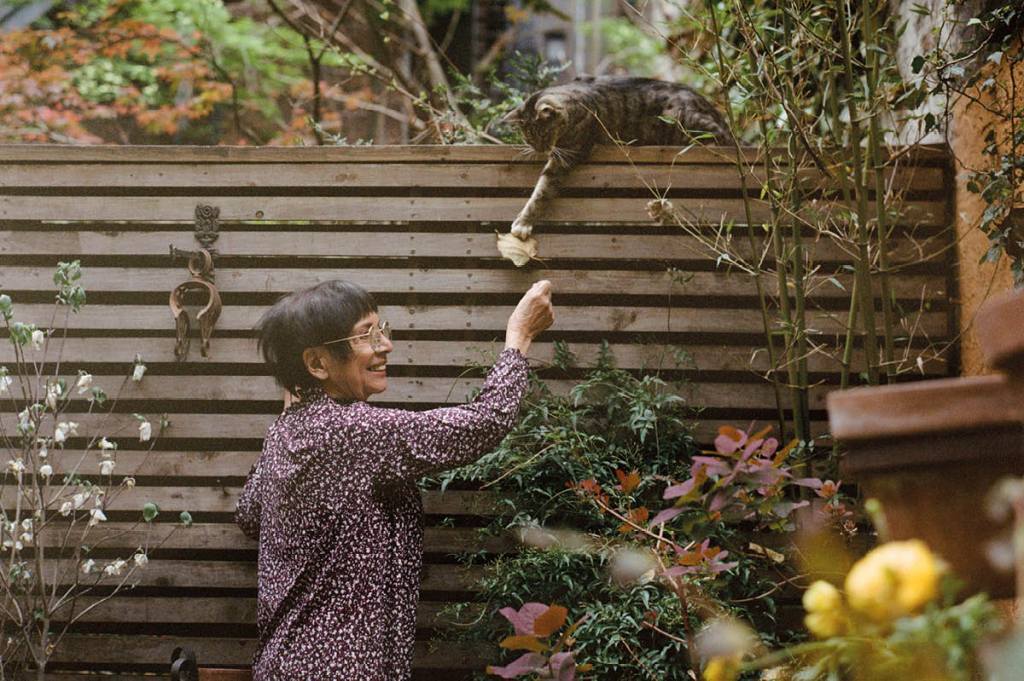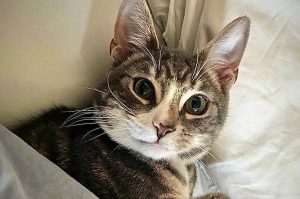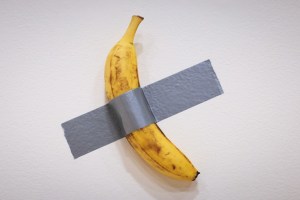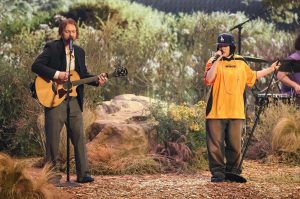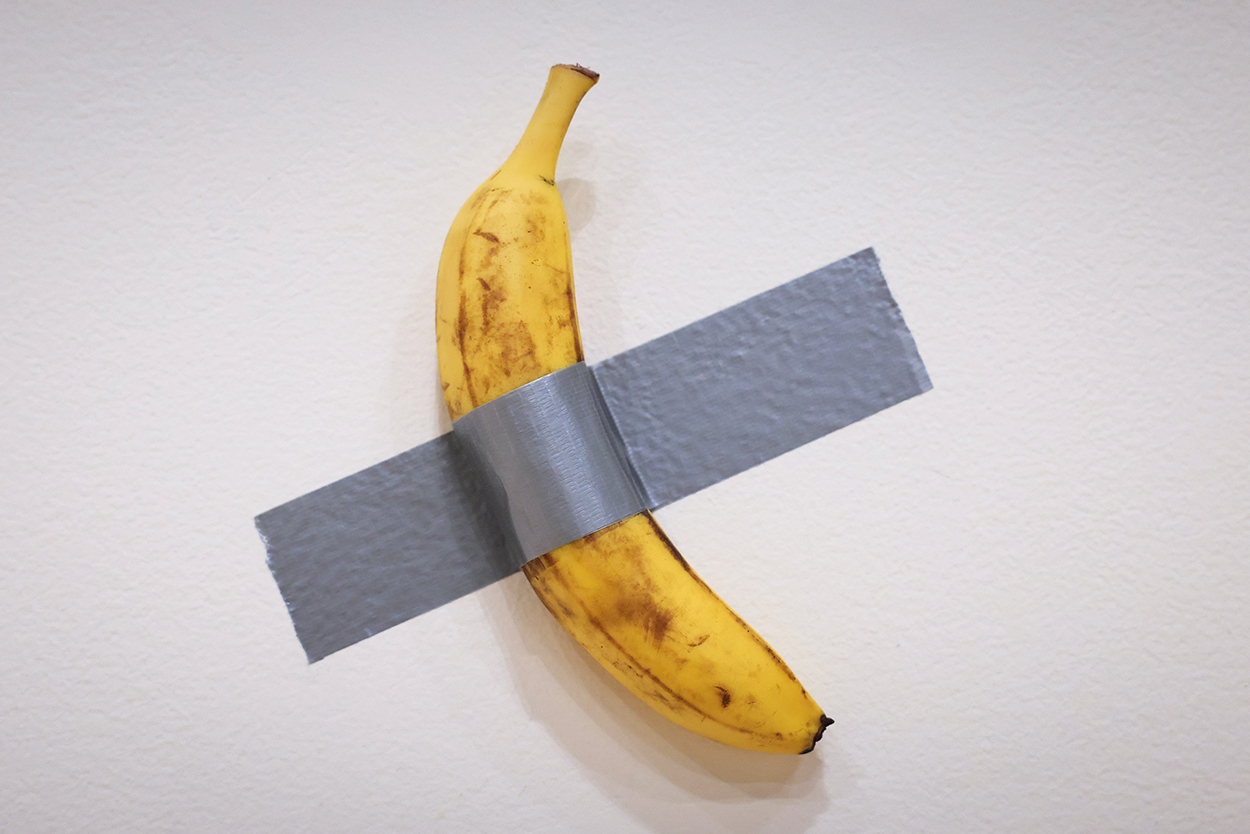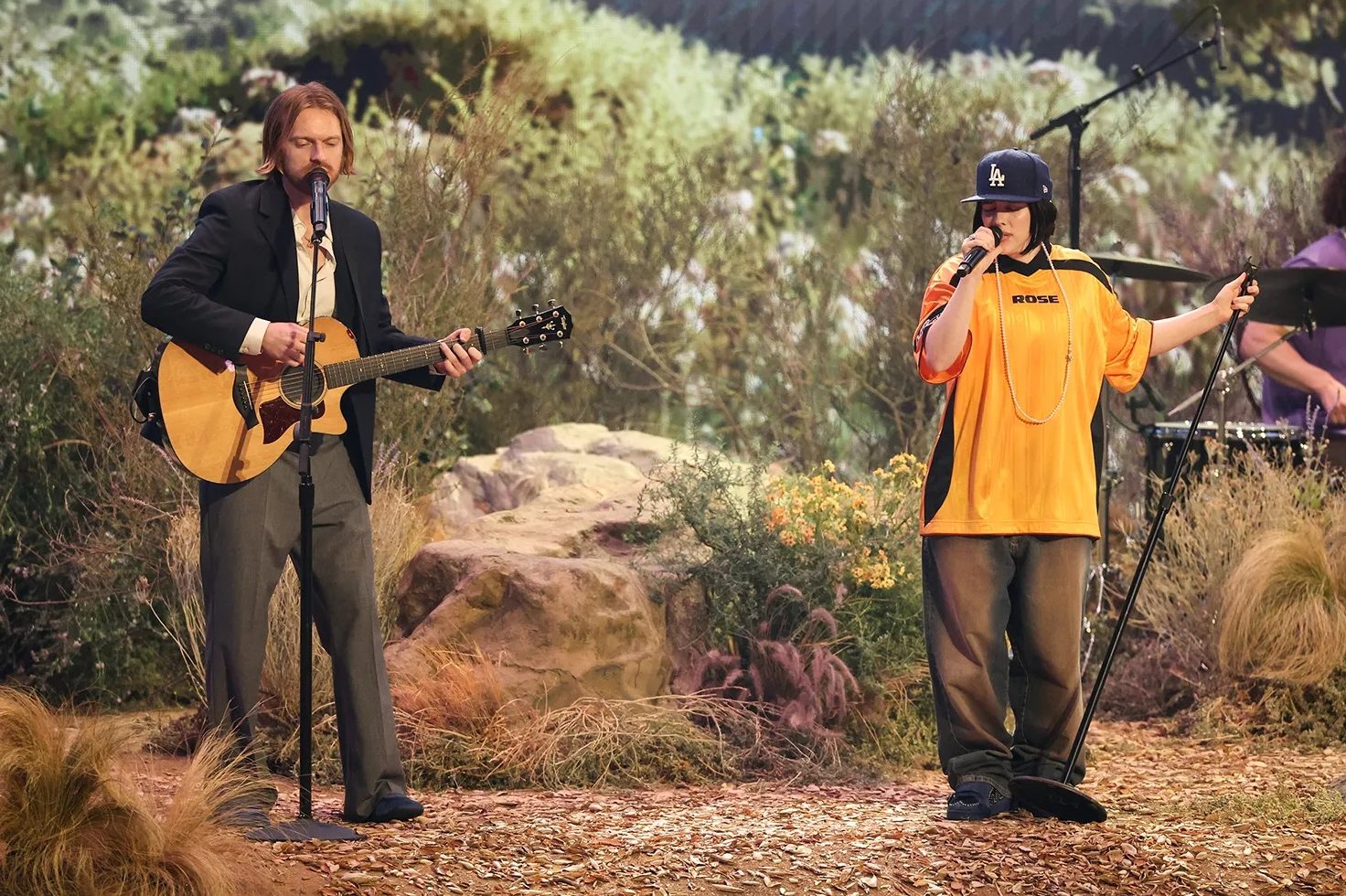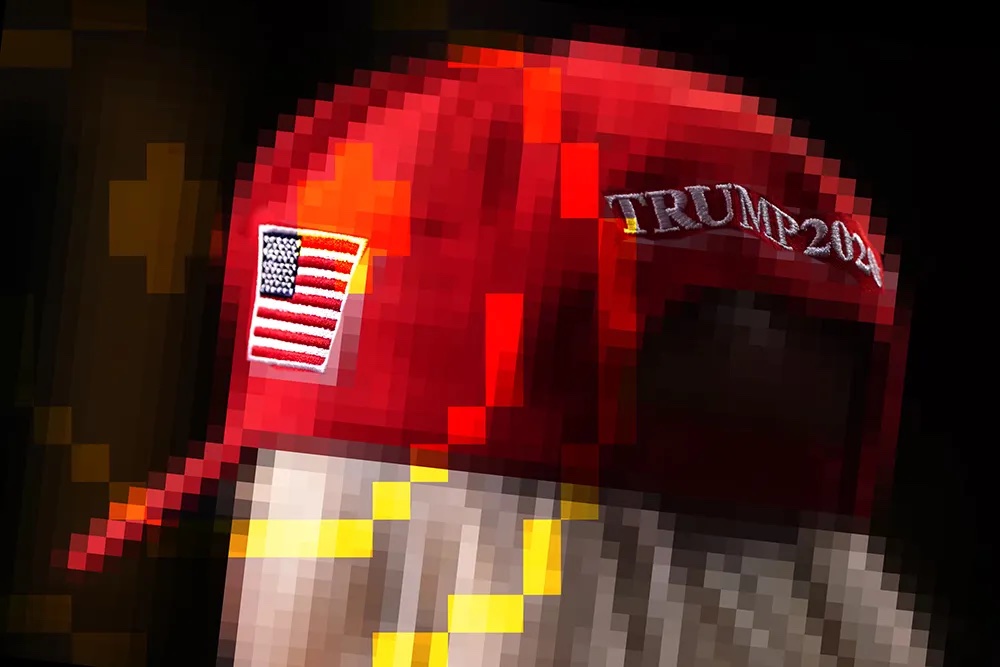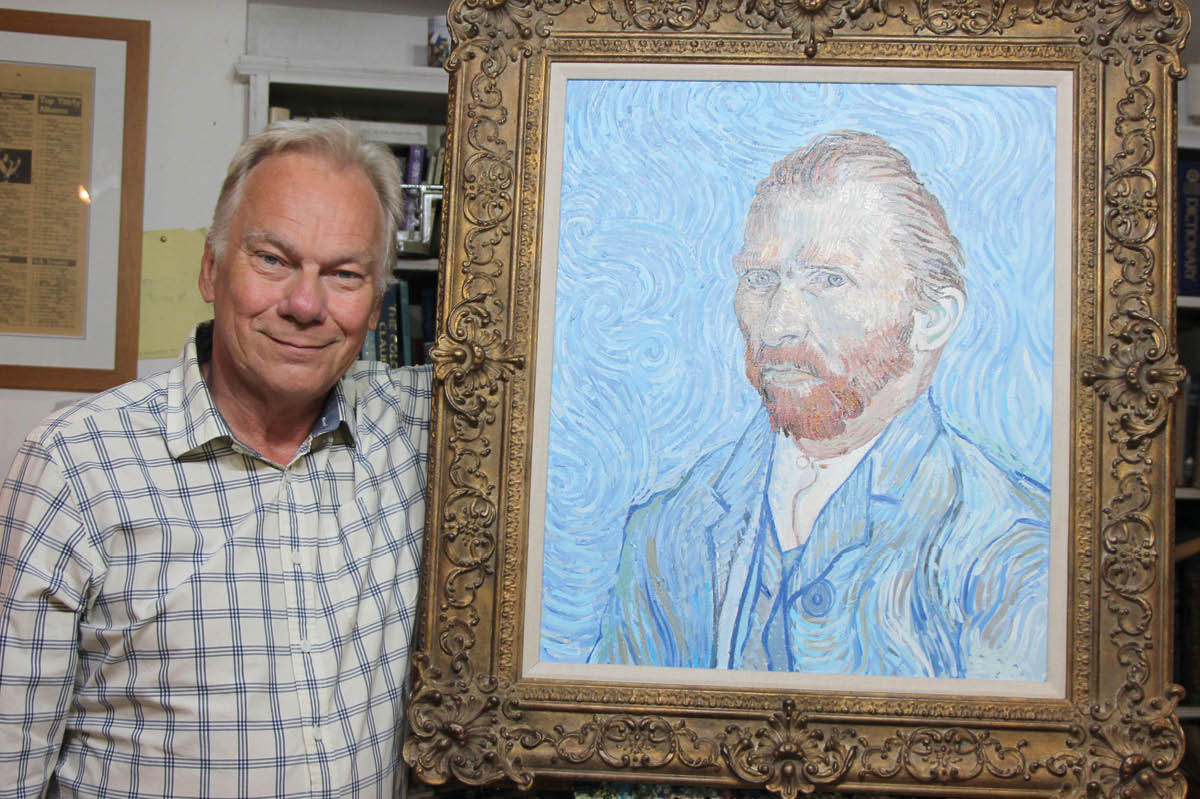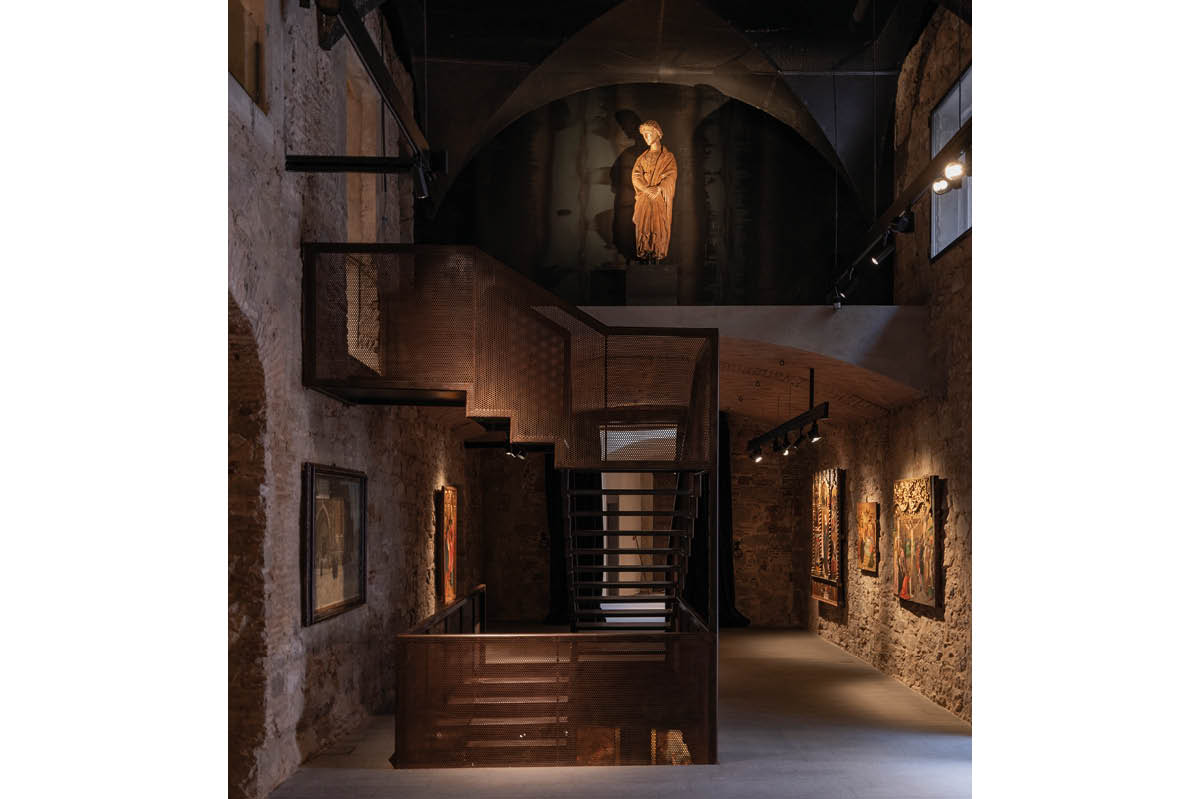Mimi Vang Olsen operates in the West Village equivalent of a goldfish bowl. Every day, the eighty-five-year-old pet portraitist settles in a chair in her studio-cum-storefront on Hudson Street and gets to work, painting dogs, cats and the occasional guinea pig.
Tourists stop to peer inside, cooing over a haphazard display of postcards and paintings. Locals tap on the glass to wave hello. During the pandemic, curiosity intensified: Vang Olsen’s shop became an Instagram sensation after she attached a blue mask onto a pug portrait hanging in the window for some much-needed levity.
Vang Olsen, however, is nonchalant about the attention. She doesn’t have a cell phone or social media. The only surefire way to contact her is through her landline number, stenciled in white on her studio door above large capital letters spelling her name.
Since she purchased the former tradesman’s cottage over forty years ago, Vang Olsen has marched to the rhythm to her own drum, unconcerned with convention, expansion or even representation. (“Why would I get an agent?” she asks with a shrug. “Obviously I don’t need them.”) Instead, she is motivated by her life’s work: immortalizing pets, amplifying each animal’s individual personality and quirky habits, in her folk-art style.
“She’s a true iconoclast,” says the director/producer Shana Stein, who released the short documentary Mimi Vang Olsen: Pet Portraitist with her husband Anthony Maranville in 2019. Vang Olsen, says Stein, is a final bastion of this “life of an artist we found was disappearing from the city — she’s the last artist out there [in New York] with a storefront.”
I first met Vang Olsen with my husband when we were strolling through the West Village on a balmy afternoon in 2021. Her door was propped open, and we began to chat. I was heavily pregnant and apprehensive about the change in my life. But Vang Olsen was joyous. “It’s the most wonderful thing,” she told me, her eyes shining. “The most creative thing you will ever do. When I had mine, I looked at them and couldn’t believe that I had created that.”
This April we reconnected, almost two years to the day later. Vang Olsen had forgotten our encounter (she talks to hundreds of people a year who stream past her) but her words had stayed with me and expanded. Not just because she was right. But because of the way that she views creativity in general. For Vang Olsen life is an adventure, not a struggle.
Vang Olsen may be in her mid-eighties, but she is as spry (and stylish) as ever. When we meet she drapes her tiny frame in a green kaftan, pinned with a bumblebee brooch. “Nothing wrong with wrinkles,” she asserts, looking at me through oversized round glasses as she bustles around, refilling my water glass, saying hello to various family members who come in and out, and, at one point, popping across the road to buy us both pizza.
Raised in the West Bronx, Vang Olsen had a happy, if modest, childhood. Her father, Kourken Hovsepian, was an Armenian refugee and the neighborhood photographer, who operated his portrait studio from their small two-bedroom apartment. “He loved his work,” recalls Vang Olsen. “It was something that he learned when he came to this country from Armenia after a horrendous childhood, the result of war… It was artistic. He could never study art, but he enjoyed it very much. He did it until he died.”
Hovsepian gave his daughter her introduction to the arts: as a child she helped hand-tint his black-and-white images. But it was from her mother Lily Kirk, a knitwear designer born in Hungary, that Vang Olsen developed the passion for textiles, color and pattern so often seen in her work.
In such a family, becoming an artist “wasn’t a decision,” insists Vang Olsen. “A child just starts drawing, then the parents buy them some paints, pastels, equipment, then you just keep going. Finally, you learn how to draw. And eventually, hopefully, you find a style.”
Following her studies at New York’s School of Visual Arts, Vang Olsen spent a decade in advertising agencies before a chance meeting changed her life. In 1967, during a visit to Denmark, she approached a dashing stranger in a Copenhagen café. “I hope you speak English,” she told him. “Because I would like to speak with you.” They married two years later, and Vang Olsen moved to Denmark, where she began to paint in earnest.
Bent Vang Olsen, a medical student turned schoolteacher, then carpenter, was tall and handsome, “just your vision of a strapping [Dane],” says old friend Linda Dyett. “It was an odd coupling: he was very taciturn, and she’s very open, but it worked.”
Vang Olsen struggled in Denmark, however, so far away from home. An oil painting from 1973 shows the artist at her easel in a modish brown and orange floral jumpsuit and platform heels, while Bent sits with his back to her, a cigarette in his mouth and his feet up on a cluttered desk. Their two young daughters, Zara and Vianna, stand in the foreground.
It’s a sweet depiction of hectic family life. The floor is cluttered with toys; their Yorkshire terrier Basil sits to attention on a floral blanket. But the painting is also divided down the middle: Vang Olsen is working on a landscape of dramatic Manhattan skyscrapers; Bent is immersed in his own, more Danish, world. A tree in the background seems to be split in two.
“She made the most of it,” says Vianna Vang Olsen, a prop stylist who is currently digitizing her mother’s life work for posterity. “She met the most talented people. She was there fourteen years, and [then] said: I want to go back.”
In 1979, the Vang Olsens returned to New York and later purchased their townhouse. Mimi Vang Olsen has lived there ever since, in a three-bedroom apartment behind her studio (she sold off the top two stories in the 1980s).
The 1846 house still has the original fireplace and beams, low ceilings and a cozy, windowless living room. “They were built as tradesman houses. They weren’t so fancy,” says Vang Olsen matter-of-factly.
Vang Olsen’s aesthetic is eclectic: her paintings adorn the walls; a burnt-orange vinyl armchair she found on the street for her four cats is riddled with scratch marks. In her sun-flooded kitchen simple wooden dining chairs sit next to hand-carved antiques her father once owned; copper pots and pans hang from the joists. Green ivy crawls up a yellow wall in an expansive back garden, where Vang Olsen leaves nuts for the squirrels and sparrows.
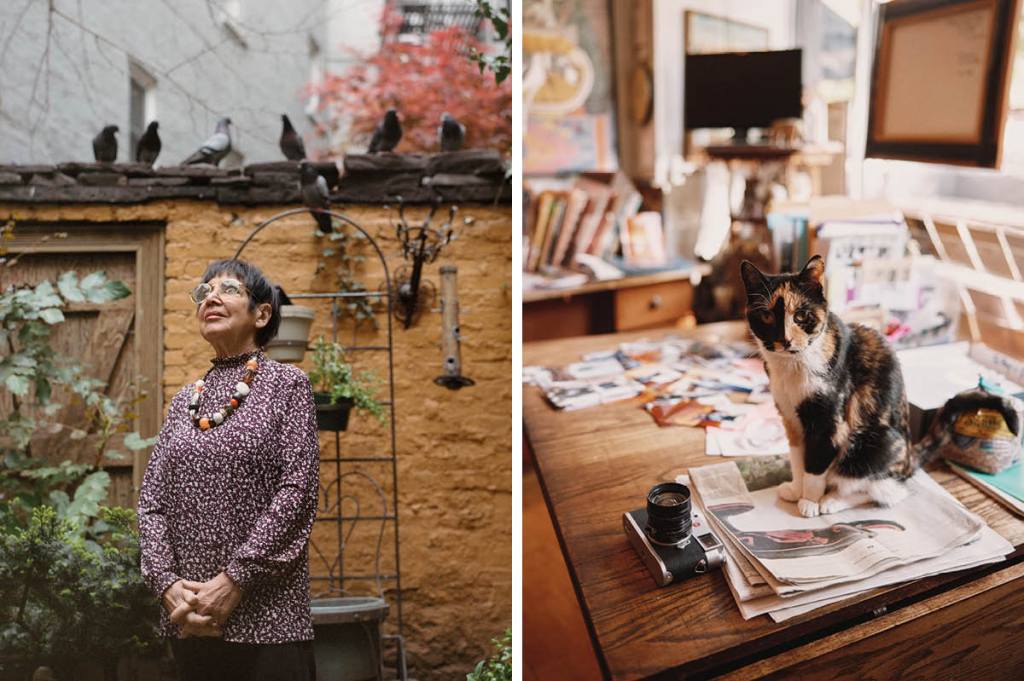
“Places like this don’t exist anymore, because all the hedge-fund managers gutted them and modernized them. She lives in the middle of this lavish extravagance around her and yet she has created her whole world. To me, her house is part of her art, it’s the frame,” notes Shana Stein.
For years, Vang Olsen entered other people’s homes to paint their family portraits, collecting her subjects’ paraphernalia – the objects and landscapes most meaningful in their lives – before assembling them as a sort of collage or patchwork. “I remember the day Mimi came,” one client told the New York Times in 2013. “She wrote down the names of the books on our shelves. She drew sketches of the herringbone design on the wooden floor. She took snips of our children’s hair.”
Vang Olsen shifted to pets when she realized that human bonds are fragile. One customer returned a 1982 painting after a divorce; another asked her to remove an ex, whom she covered up with shrubbery.
“People want family portraits, but they don’t know what’s coming in the future,” she says. Pets, by contrast, “you can trust. You can trust an animal’s love. But their love might be connected to eating,” she laughs.
Or, as Stein puts it, animals speak to her more: “She can be very funny and salty, but the second you get her next to a dog or a cat she is just a big pile of mush — her face lights up, her connection with the animals is pure and strong and really lovely.”
Vang Olsen is following an ancient tradition. The earliest depictions of domesticated dogs carved into rocks in the Arabian Desert (wearing leashes, no less) date back 8,000 years. Pet portraiture became popular in the Renaissance, when aristocrats wanted to celebrate their dogs, according to Xavier Bray, curator of the exhibition Portraits of Dogs: From Gainsborough to Hockney currently showing at the Wallace Collection in London.
Bray notes that the most successful artists get down to the animal’s level. When David Hockney sketched his iconic images of his two beloved dachshunds, he “would actually kneel on the floor. I think that’s really important, going down to their world.”
Today, “you can tell which portraits of dogs have been done [just] from photographs,” Bray adds. “They’re quite static, quite lifeless, there’s no spark in the eye.”
Vang Olsen’s portraits are, by comparison, small domestic dramas quivering with chutzpah. In her studio hangs a painting of her own (long-deceased) cats Picasso and Putz with Victor, the kids’ guinea pig. The animals — who are all calico and gaze quizzically at the viewer — stand in front of a tablecloth that reflects their muted browns, whites and blacks. Another painting shows a plump gray cat named Cartier who sits majestically in front of trays of silver neck- laces; the piece was commissioned by a jewelry designer in Denmark.
Vang Olsen’s process, to this day, remains involved. She insists on meeting the animal in person, taking hundreds of photographs and notes, before creating a background that flirts with reality. A garden where a cat lounges, for example, might show flowers from each season in bloom, or a dog might sit on a cliff above the resplendent fjords of Norway, like a general returning home. The resulting artworks are playful, fun and yet somehow profound.
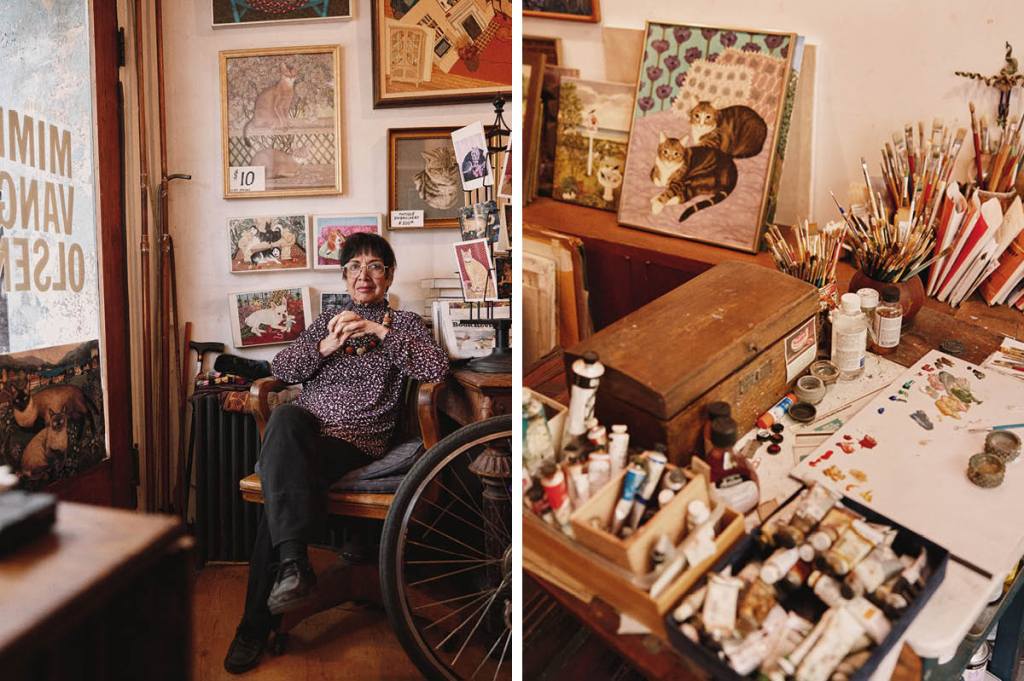
Meanwhile, a certain stubbornness pervades her art. Dyett, Vang Olsen’s friend, notes that she’s “direct with people. You get it right from the start. Whatever it is, there’s no hiding it. And that’s in her paintings, too.”
“You can suggest things, but she’ll do what she wants to do,” agrees Stein. “There’s a whimsical quality to them. These are not literal or photorealistic. This is through Mimi’s eyes… she really puts a magical sheen on it.”
Vang Olsen remains a magnet, attracting people to her. While her husband Bent died a few years ago, her daughter Zara and twenty-year-old grandson Rocky now live with her. She still paints for three to five hours a day and only recently raised her prices: a pet portrait now costs $3,000 with each additional animal an extra $1,500.
For many, including Gilda Lavalle, a neighbor who has lived in the West Village for seventy-six years, “Mimi represents the kind of Village that we’re losing. She’s our jewel because she’s been here so long — she’s not an actress or a hedge-fund owner. She’s the real thing.”
Still, if Vang Olsen stands in for a lost world, it’s a badge she wears lightly. As we talk, two women in their early thirties peer through the window. They giggle with delight as they point to a dog here, a cat there. Then they grin at us, tap on the door, and make a motion asking if they can enter.
“Shall we let them in?” Vang Olsen asks me. She doesn’t wait for my response. “Nah,” she says, with a grin, and waves them on.
This article is taken from The Spectator’s June 2023 World edition.



